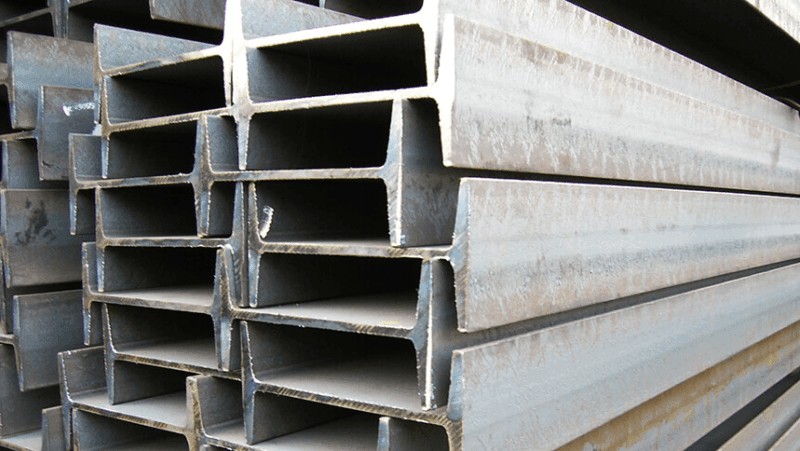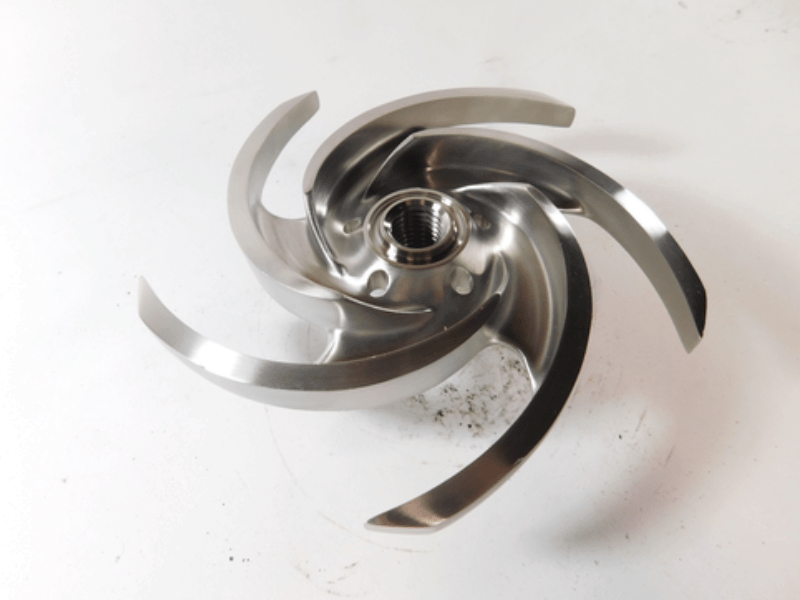When it comes to choosing the right material for a wide range of applications, carbon steel and stainless steel are two commonly used options. While they may appear similar at first glance, these materials possess distinct properties that make them suitable for specific purposes. This article aims to provide an in-depth comparison of carbon steel and stainless steel, highlighting their characteristics, advantages, disadvantages, and applications to help you make an informed decision.
Carbon Steel:

Carbon steel is an alloy primarily composed of iron and carbon, with trace amounts of other elements. The carbon content can vary from 0.04% to 2.1% by weight, influencing the material’s hardness, strength, and machinability. Carbon steel can be further classified into low, medium, or high carbon steel based on its carbon content.
Advantages of Carbon Steel:
- Cost-effective: Carbon steel is generally more affordable than stainless steel, making it a popular choice for various industrial applications.
- Strength and durability: Carbon steel is known for its excellent strength and durability, making it suitable for applications that require high tensile strength and resistance to wear and tear.
- Machinability: Carbon steel is relatively easy to machine and work with, making it ideal for manufacturing processes such as welding, cutting, and forming.
- Thermal conductivity: Carbon steel has superior thermal conductivity compared to stainless steel, making it suitable for applications involving heat transfer.
- Safety: Steel is relatively easy and safe to handle. It’s also commonly used in cookware because it does not shed potentially harmful chemicals into food
Disadvantages of Carbon Steel:
- Corrosion susceptibility: Carbon steel is prone to corrosion when exposed to moisture and certain chemicals. Without proper surface treatment or protective coatings, it can rust and degrade over time.
- Lower resistance to extreme temperatures: While carbon steel performs well in moderate temperature environments, it may not be suitable for applications that involve extreme heat or cold.
Applications of Carbon Steel:
- Construction and infrastructure: Carbon steel is widely used in the construction industry for structural components, such as beams, columns, and reinforcing bars.
- Automotive industry: Carbon steel finds extensive use in the manufacturing of automobile parts, including chassis, body panels, and suspension components.
- Tools and machinery: Carbon steel is commonly employed to produce hand tools, cutting blades, gears, and other machinery components due to its high strength and machinability.
Stainless Steel:

Stainless steel, on the other hand, is an alloy that contains iron, chromium, and often other elements such as nickel and molybdenum. The presence of chromium in stainless steel creates a passive protective layer on the surface, known as chromium oxide, which provides excellent corrosion resistance.
Advantages of Stainless Steel:
- Corrosion resistance: Stainless steel is highly resistant to corrosion, making it suitable for applications where exposure to moisture, chemicals, or harsh environments is a concern. It does not rust or stain easily.
- Hygiene and cleanliness: Stainless steel is non-porous and easy to clean, making it a preferred choice for applications in the food processing, pharmaceutical, and medical industries.
- Aesthetic appeal: Stainless steel offers an attractive and polished appearance, making it popular for architectural designs, kitchen appliances, and decorative elements.
- High-temperature resistance: Stainless steel can withstand high temperatures and is often used in applications where thermal stability is critical, such as in exhaust systems and industrial furnaces.
Disadvantages of Stainless Steel:
- Cost: Stainless steel tends to be more expensive than carbon steel due to its alloy composition and superior corrosion resistance properties.
- Lower strength: Compared to carbon steel, stainless steel generally has lower strength and hardness, which may limit its suitability for certain heavy-duty applications.
Applications of Stainless Steel:
- Kitchenware and appliances: Stainless steel is widely used in the production of cookware, cutlery, sinks, and kitchen appliances due to its hygienic properties and aesthetic appeal.
- Chemical and pharmaceutical industries: Stainless steel is preferred in these industries due to its resistance to corrosion from chemicals and ease of cleaning, making it suitable for tanks, pipes, and storage vessels.
- Medical equipment: Stainless steel is extensively used in the manufacturing of surgical instruments, medical implants, and equipment due to its biocompatibility and ease of sterilization.
- Architecture and construction: Stainless steel’s durability, corrosion resistance, and aesthetic appeal make it a popular choice for architectural elements such as handrails, facades, and decorative structures.
Conclusion:
In summary, the choice between carbon steel and stainless steel depends on the specific requirements of the application. Carbon steel is a cost-effective option with high strength and machinability but requires protection against corrosion. Stainless steel, on the other hand, offers excellent corrosion resistance, hygiene, and aesthetic appeal but may be more expensive and have lower strength. By understanding the characteristics and sample applications of each material, you can make an informed decision to ensure optimal performance and longevity in your desired application.










